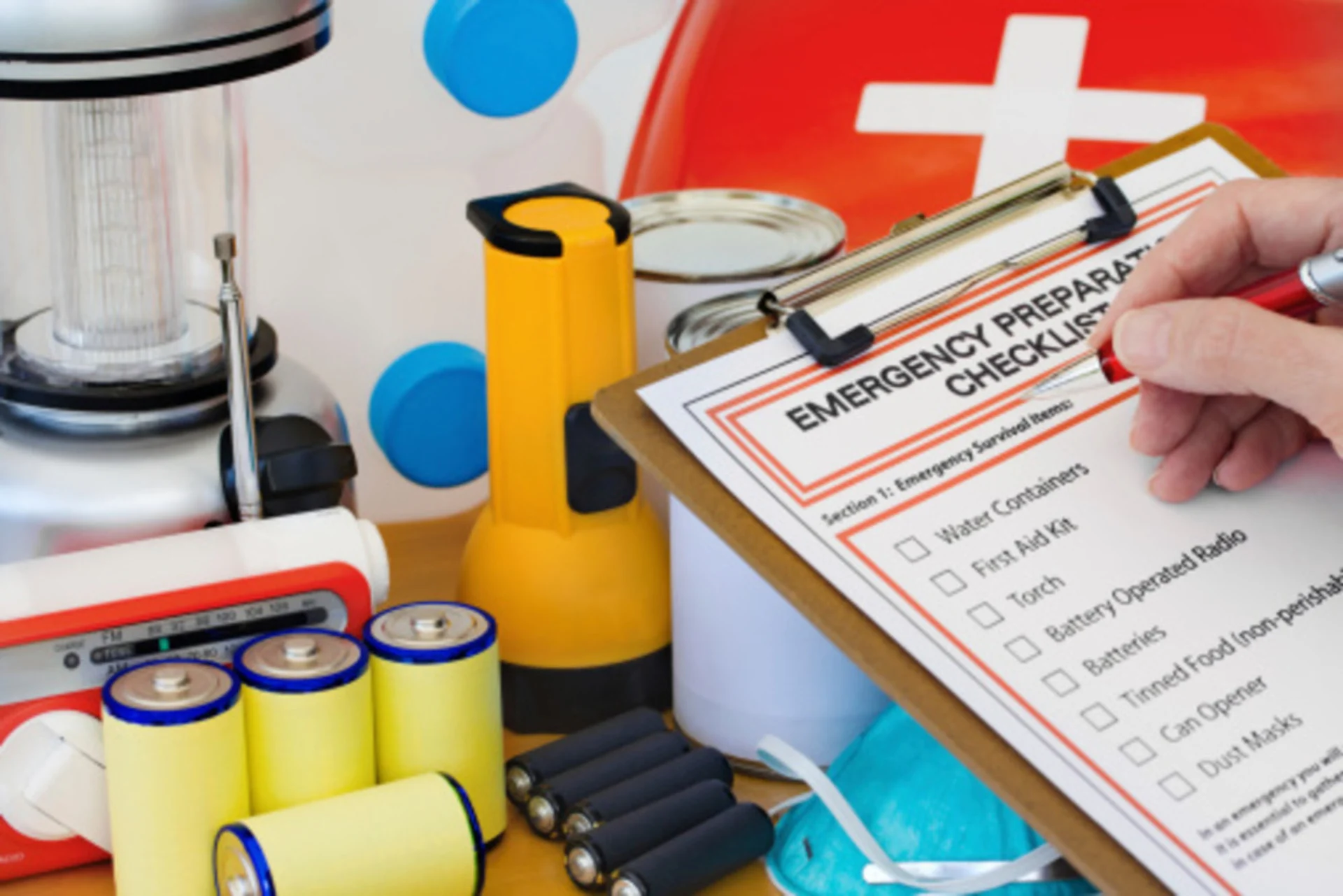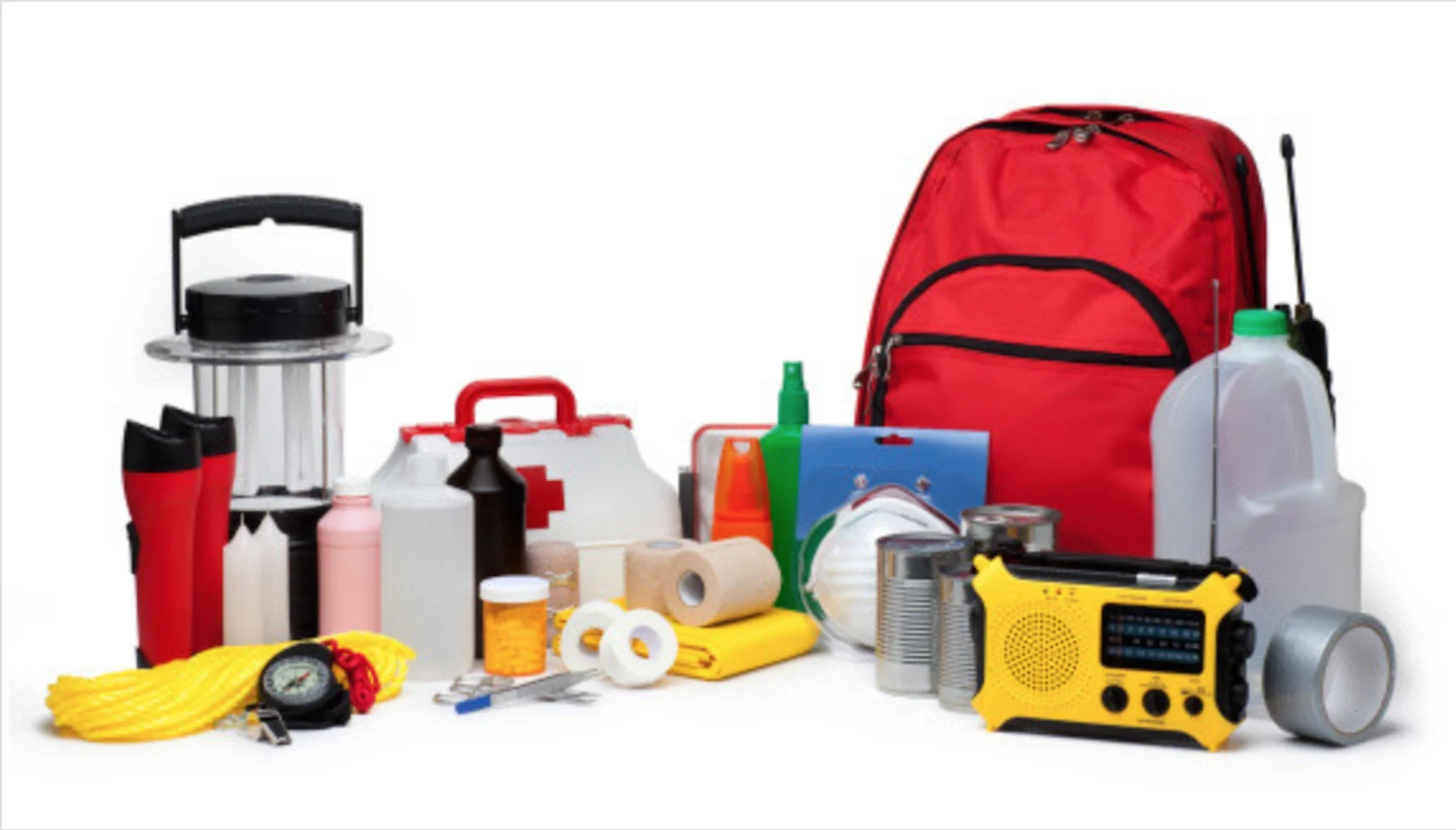
Here’s how to be ready should disaster strike during COVID-19
The recent Emergency Preparedness Week highlighted to Canadians the importance of individual and family preparedness.
When disaster strikes, don't be caught in the dark. Be ready for everything, from power outages to floods.
And during the time of COVID-19 restrictions, it's even more critical to be prepared for such events. The recent flooding in Fort McMurray, Alta., and the record January snowstorm in Newfoundland prove that everyone in Canada is at risk. Even frequent emergencies such as a power outage or a vehicle breaking down on the road require a readiness to respond.
This is why there is Emergency Preparedness Week (EP Week), which took place May 3-9, a Canada-wide initiative to increase awareness of individual and family preparedness. This includes making sure you have updated emergency kits and plans.
SEE ALSO: Most of Canada sees 'above average' summer wildfire risk, worst in the West
Aman Kainth, a former public education and communications program specialist with the Office of the Fire Marshal and Emergency Management Ontario OFMEM, told The Weather Network in 2019 that it’s critical to plan ahead with family, have an emergency kit and to “stay in the know” before, during and after emergencies.
“Yes, there are seasonal hazards that indicate there is a little bit more of a risk at a certain time, as opposed to another certain time of the year, but you never know what’s going to take place,” said Kainth.
PLANS WILL NEED TO FOLLOW COVID-19 GUIDELINES
In an statement emailed to The Weather Network, Brent Ross, a Ministry of the Solicitor General spokesperson, said plans should be reviewed and modified, if needed, to ensure they adhere to COVID-19 health advice, such as physical distancing.
"People should practise physical distancing, including during fire alarms and building evacuations. If they are planning to meet outdoors, they should remain two metres apart from one another," said Ross.
When it’s not possible for families or large groups of evacuees to maintain physical distancing, effective hygiene practices should follow public health recommendations to reduce the chance of spreading the virus, he added.
UPDATE KITS AND PLANS TWICE A YEAR
Plans and kits should be updated twice a year including around Daylight Savings Time, she said, so people can check and/or change the batteries in their smoke and carbon dioxide (CO2) detectors, as well as the contents of their kits.
“Things may be expiring, like food products or any water that may go stale,” said Kainth.

Emergency kit. Photo credit: Getty Images
“It’s always good to use spring and fall, at those times of the year around Daylight Savings Time, to give yourself that reminder to check the contents of your kit.”
There are numerous factors to consider when preparing an emergency kit and it is something that is “uniquely customized” to meet the needs of your family, Kainth explained.
“Do you have children? Do you have babies in your home? Do you have elderly people? Do you have anyone with special needs who require extra items?” She asked.
ESSENTIAL KIT ITEMS
But the essential things you need to have in your kit are non-perishable items such as food and water.
The latter is perhaps the “most important thing” you should have, the OFMEM official said.
Clothing is also required because you may want to change from summer to fall gear or vice versa.
“Think of all the things you need to have that are important that you would need if you were to evacuate your home. What kind of things would you take?” said Kainth.
When it comes to building a kit, sometimes people overlook certain items that can be beneficial.
For example, copies of important documents such as those related to insurance and identification for your family and pets should be kept in them.
Since most people have cellphones and they store digital versions of their personal documents on them, Kainth said it is critical to keep a portable battery charger (at full power) in their kits.
“At some point you might be somewhere where your power might be down, so it’s important to have the paper documents on you at all times,” she said.
IS YOUR SMARTPHONE THE NEW EMERGENCY KIT? WE FIND OUT
KEEP ENOUGH SUPPLIES FOR NEXT 72 HOURS AFTER EMERGENCY
Kainth noted the Office of the Fire Marshal and Emergency Management Ontario has a comprehensive list of what to include in your kit.
At minimum, supplies should be enough to get through the next 72 hours following an emergency, since it may take that long for first responders to reach you.
“When you have something like water, what we advocate to have is four litres per person, per day. That is for drinking purposes, for hygienic purposes. So you need to have that much water,” said Kainth.
While it’s recommended a kit(s) should be stored at a place you visit frequently, whether it’s your home, vehicle or cottage, it’s all about personal preferences, Kainth said.
The key is to have at least one with all of the basic essentials and place it somewhere accessible.
“It’s always better to be more prepared than less prepared. That is something we advocate and encourage – to have a kit and that it is personalized to their needs,” said Kainth.
To build an emergency kit and plan, click here.






